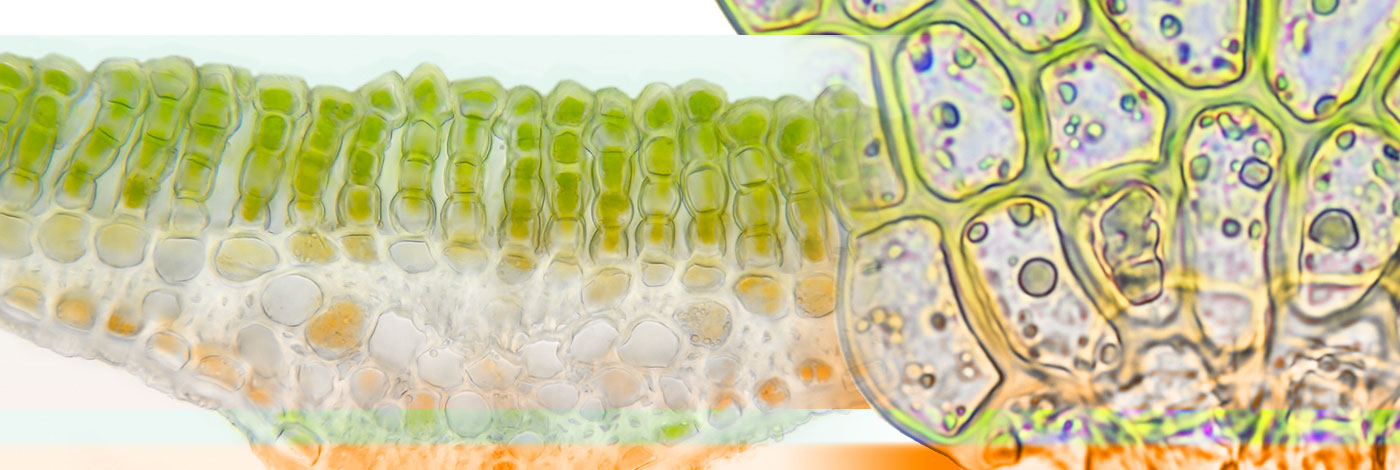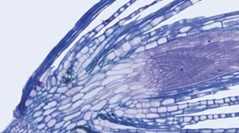

 Cryptogamie, Bryologie
41 (19) - Pages 239-253
Cryptogamie, Bryologie
41 (19) - Pages 239-253Campylopus Brid. is a widely distributed genus with some very generalist species. Morphological differences between non and sex-expressing plants and the frequent occurrence of non-sex-expressing shoots have generated difficulties in the identification of the group. Our main objective was to morphologically compare the gametophytes of two species of Campylopus: Campylopus julaceus A.Jaeger and Campylopus lamellatus Mont. We performed morphometric analyses (based on 21 gametophyte characters), quantified their sexual expressions, and tested the viability of the asexual propagula produced by C. julaceus. Our results indicate that those putative species do not form two mutually exclusive groups. Sexual expression in C. julaceus was significant (84.4%, with 88.2% females and 11.8% males), compared to the low expression of C. lamellatus (5.29%, 55.5% females and 44.5% males). Asexual propagula occurred in both species, but were more frequently expressed in C. julaceus (100% of the samples; C. lamellatus 31%). Those propagula showed 50 to 60% regeneration, forming rhizoids or green protonemata within only two days. Campylopus lamellatus is often encountered sterile, while C. julaceus is apparently only a sexual form. Additionally, as the sexual success of the species can be restricted by the spatial separation of the sexes, asexual propagula should be useful for population maintenance. Finally, we highlight the importance of studies focusing on DNA analyses at the population level and involving specimens collected globally to better understand the delimitation of sympatric species of Campylopus.
Campylopus julaceus, Campylopus lamellatus, Brazilian ironstone outcrops, morphometric analysis, bryophyte reproduction